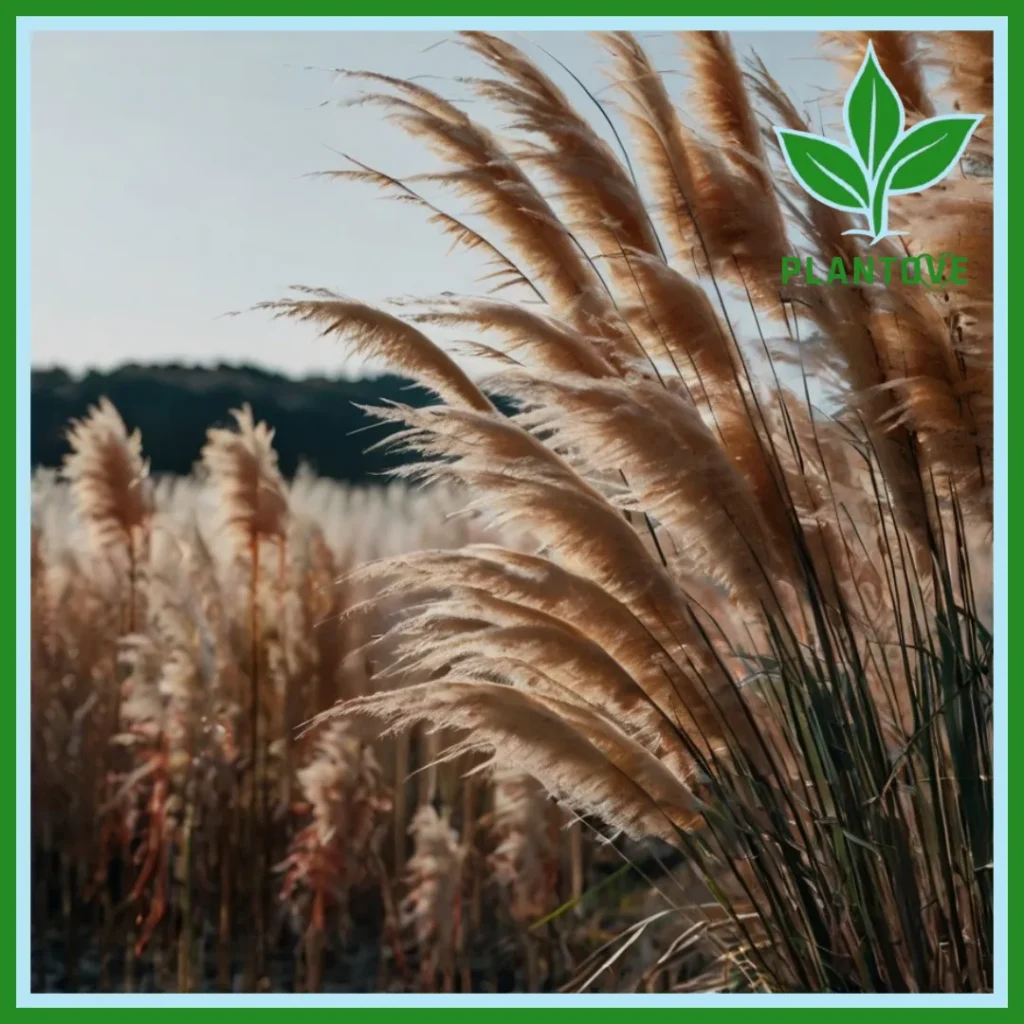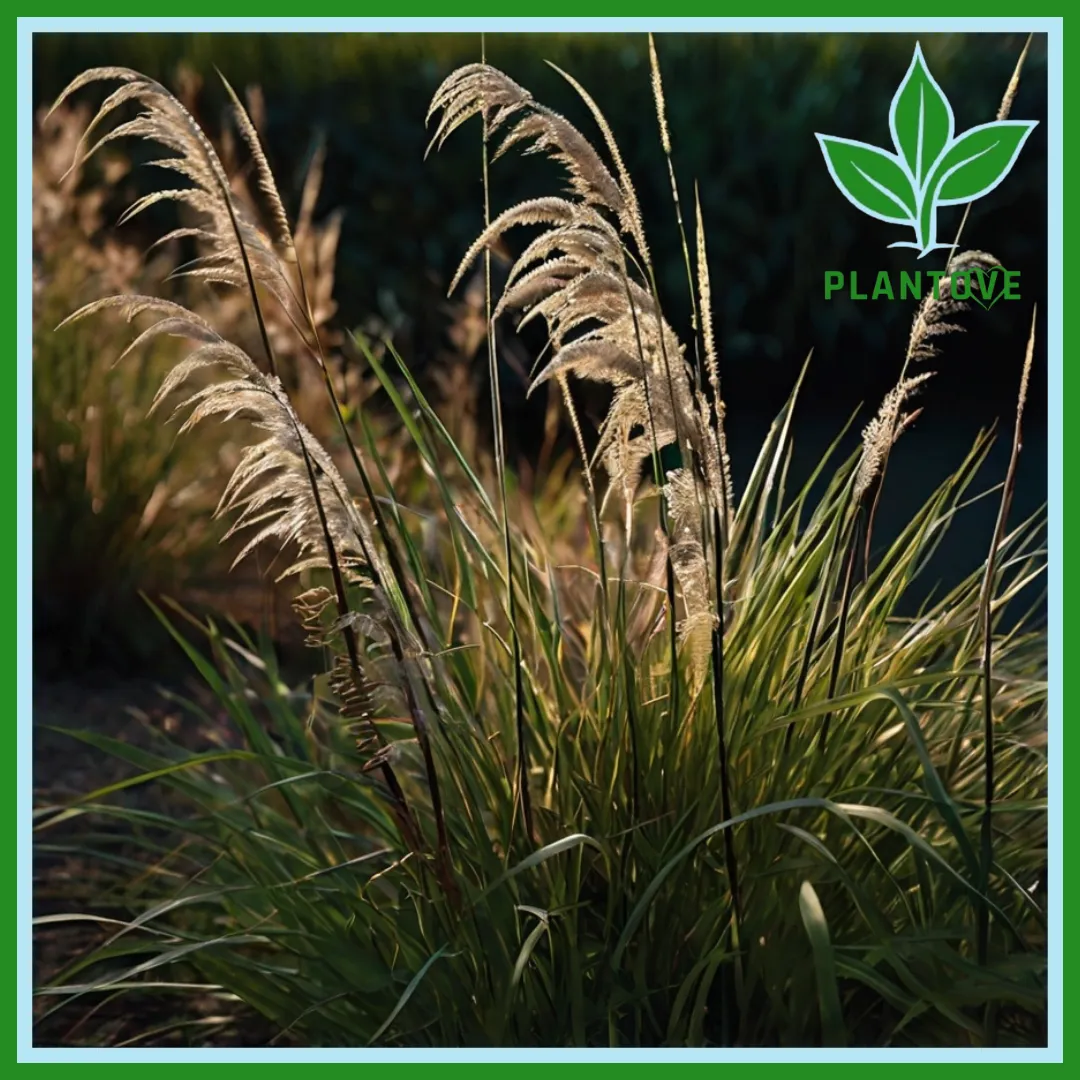Ornamental grass plants are a versatile and beautiful choice for any garden. Not only do they provide texture and movement, but they are also low-maintenance and adaptable. From small edging varieties to tall, dramatic species, ornamental grasses can suit any landscape design. In this guide, you’ll learn everything about ornamental grass plants, including their types, how to care for them, and tips for using them in your garden. Moreover, they offer an eco-friendly solution to gardening, making them a favorite for many.
What Are Ornamental Grass Plants?
First and foremost, ornamental grass plants belong to a group of perennials. These plants are highly prized for their aesthetic appeal, as well as their durability. As a result, they thrive in a variety of environments, offering beauty year-round. In addition to their visual appeal, they are hardy and resilient, making them ideal for both beginners and experienced gardeners.
Furthermore, these plants are known for their ability to sway gently with the breeze, bringing a sense of movement and life to a garden. Since they come in a variety of sizes, from small ground covers to towering giants, ornamental grasses can easily be integrated into any landscape design. Therefore, whether you want to add texture or create a dramatic focal point, these plants are a great option.
Types of Ornamental Grass Plants
Now that we’ve introduced ornamental grasses, let’s explore some popular types. Different varieties of ornamental grass plants offer a wide range of visual and practical benefits. For example, certain species are ideal for creating height in your garden, while others provide dense coverage for borders.
Fountain Grass (Pennisetum)
To begin with, fountain grass is a favorite for many gardeners. Known for its graceful, arching foliage and soft flower spikes, this plant adds both texture and movement. Additionally, its flowers are great for attracting birds and pollinators, thus enhancing the ecological diversity of your garden.
Blue Fescue (Festuca glauca)
For those looking for a compact option, blue fescue is perfect. It forms dense mounds of blue-green foliage and works well as ground cover. Similarly, it’s a drought-tolerant variety, making it a low-water choice for gardeners. Its striking color also adds a pop of visual interest.
Maiden Grass (Miscanthus sinensis)
If you need height, look no further than maiden grass. This tall, elegant species is known for its long blades and feathery plumes. Furthermore, it adds a dynamic element to gardens and can serve as a backdrop for smaller plants. Not to mention, it thrives in various soil conditions.
Switchgrass (Panicum virgatum)
Another tall variety is switchgrass. Known for its upright growth, this plant can add vertical interest to any garden. Not only does it grow up to 6 feet tall, but it also displays beautiful autumn foliage. As a result, switchgrass is ideal for providing year-round color and interest.
Feather Reed Grass (Calamagrostis)
Finally, feather reed grass is an excellent option for gardeners who want a structured, vertical plant. With long-lasting blooms that persist from summer to fall, this grass is both functional and beautiful. In addition, its tall, narrow growth makes it perfect for smaller spaces where horizontal room is limited.
Caring for Ornamental Grass Plants

Now that you know about the different types of ornamental grass plants, let’s talk about care. Though these plants are low-maintenance, they still require some basic attention to thrive. Moreover, following the right care routine will ensure that your plants stay healthy and beautiful for years.
Light Requirements
Most ornamental grasses prefer full sun, though some varieties can tolerate partial shade. For example, if you’re planting in a shady area, consider shade-tolerant options like certain Hoya types. By ensuring your plants get the proper amount of light, you’ll set them up for success.
Soil and Watering
In addition to light, soil is an important consideration. Most ornamental grass plants thrive in well-draining soil. On the other hand, they don’t require a lot of water once they are established. In fact, overwatering can cause root rot, so be careful not to drown your plants. Instead, water them sparingly, especially if they are in pots.
Fertilizing
Although these plants are not heavy feeders, a light application of slow-release fertilizer in the spring can help them grow. Too much fertilizer, however, can lead to overly tall, floppy plants. Therefore, it’s best to use fertilizer sparingly.
Pruning and Maintenance
Pruning is an essential part of ornamental grass care. Cutting back dead foliage in late winter or early spring encourages new growth. Furthermore, dividing your plants every few years will keep them from becoming overcrowded, ensuring that they stay healthy and vibrant.
Designing with Ornamental Grass Plants
With so many types of ornamental grass plants to choose from, the design possibilities are endless. Whether you want to create a focal point or simply fill in gaps in your garden, these plants offer plenty of creative options.
Create a Focal Point
Tall varieties like maiden grass or switchgrass are perfect for creating a focal point in the garden. By placing these dramatic plants in the center of a bed or near the back of a border, you can draw attention and add height to your design. Moreover, their tall stature ensures they won’t get lost among other plants.
Add Texture to Borders
In contrast, smaller types like blue fescue are ideal for garden borders. Their soft, mounding foliage adds texture and contrast, complementing more structured plants. Not only do they soften the edges of flower beds, but they also help to define spaces in your landscape.
Use as Ground Cover
For those looking to cover bare patches of soil, ornamental grass plants make excellent ground cover. In particular, low-growing varieties such as blue fescue are effective at filling in gaps and preventing soil erosion. In addition, they provide visual continuity throughout the garden.
Pair with Flowering Plants
Pairing ornamental grass with flowering plants creates a balanced, harmonious garden. The combination of bold blooms and soft grasses creates visual interest and variety. Furthermore, by mixing plants with different textures and colors, you can create a dynamic landscape that changes throughout the seasons.
Conclusion
Ornamental grass plants are a versatile and beautiful addition to any garden. Not only do they offer texture, movement, and visual interest, but they also require minimal maintenance. With so many types to choose from, there’s an ornamental grass plant for every garden style and design. Whether you’re looking for a tall, dramatic plant like maiden grass or a low-growing, ground cover like blue fescue, these plants can enhance the beauty of your landscape.
By providing proper care, including the right amount of light, water, and occasional pruning, you can enjoy the beauty of ornamental grass plants for years to come. Moreover, their resilience and low-water requirements make them an eco-friendly choice for any garden. So, why not explore the different types of ornamental grasses and find the perfect fit for your outdoor space?

